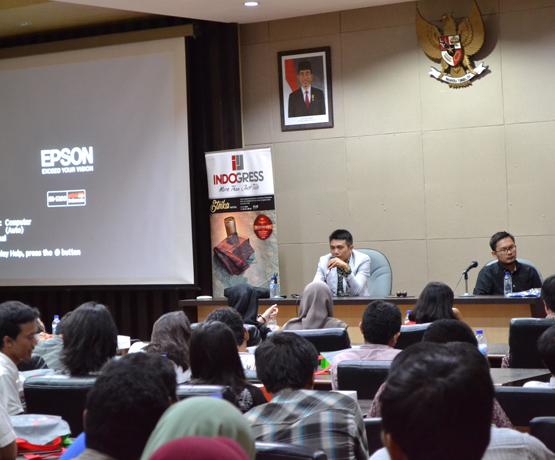
Keynote Speaker, Institute Teknologi Surabaya University, Surabaya
Keynote Speaker on National Architectural Seminar "Architecture and Architectural Firm" at (INSTITUT TEKNOLOGI SURABAYA) ITS UNIVERSITY SURABAYA, March 4th, 2016.
If someone asked me 14 years ago whether as an Architect I ever considered having a business or marketing plan in place, I would be very tempted to snap back saying we are designers and not measly marketers or businessmen. Well, however true that might sound even today, and many simple question comes from this seminar, how do you get new clients?
Well, this sessions is not about throwing a bunch of business jargon at you but to give you an overview of some of the useful aspects of a business and marketing plan. You won’t believe how simple yet powerful this small exercise could be for the growth of any business until you do it. Let’s take a quick look at the various elements exclusively for architecture firms.
Company Vision, Goals and Objectives - This defines where the company is going in terms of facts and figures e.g. To become a leading architecture firm in town by year 2020 or generate 15% profit on 100 million dollars by 2020.
Company Mission - This states what the company does and how they do it. You could identify services you offer and clients you cater.
Market Overview or Audit - This section helps put together an analysis of the overall market, competition and internal assessment of the company itself. Here you can learn how much business in your niche is available for grabs using various research tools.
Market Segmentation - Select the segments or niche that your firm can best serve in terms of geographic location, industry or any other measurable.
Competitive Advantage - This is an extremely critical aspect of a business plan in any industry as it identifies what are the firm’s strengths and weaknesses compared to that of competition. Why should any customer come knocking to your door and not go to the architecture firm down the street? How are you better or different?
Strategies and Tactics - Now that you’ve identified your niche and point of differentiation, its time to list how to get those customers in the door. Lunch meetings, scouting for references, free consultation offers, social media outreach .
Budget & Timelines - Here, you can allocate resources to achieve maximum return on investment. It’s better if you can account for the smallest overheads and tentative time frames for each project. This will help you determine realistic fee quotes per project and cut down on unnecessary expenses.
Tracking and Monitoring - It is important to keep track of what works, what doesn’t and how much has been allocated to each project. A simple way is to establish quantifiable goals and budgets for each project and review the performance metrics after each big project or at least twice a year.
